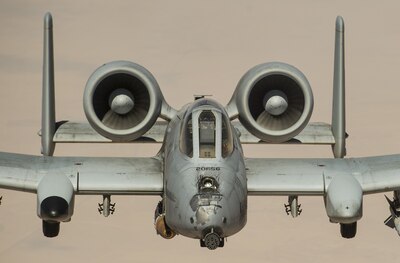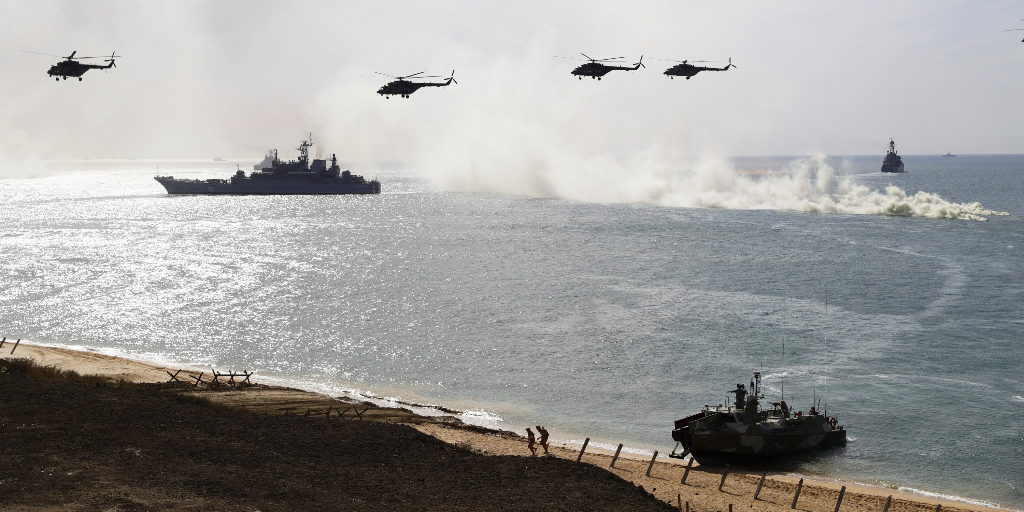Puneet Ahluwalia Prateek Joshi
American national interest lies in reaching out to the smallest of the nations, which may prove crucial to “America First” domestic concerns.
Describing India as a “key security and economic partner of the United States,” Trump expressed his vision to elevate India as a key stakeholder in the Af-Pak issue. A recent estimate by Anthony Cordesman of Center for Strategic and International Studies pegs the total cost of the sixteen-year-long war at $841 billion, along with 2,400 soldiers killed. It was in this regard that the president, for the first time, repeatedly stressed that sixteen years had passed and yet the Afghan imbroglio was far from being resolved. The consistency in the new administration’s stance on the Af-Pak imbroglio is too serious to be ignored.
Ever since President Trump assumed power, Indo-U.S. relationship has got the much needed push across the entire spectrum of factors that drive the bilateral relationship. Prime Minister Modi’s U.S. visit in June was dubbed successful not only in the domain of tangible achievements—such as the Guardian drone deal and a joint statement pointing towards strong future defense cooperation and anti-terror initiatives—but also in terms of the chemistry the two leaders shared. New Delhi is decked up for welcoming Ivanka Trump in November.
Washington has sent strong signals to acknowledge India’s long pending grievance of fixing accountability on the non-state actors operating out of Pakistani soil without impunity. Prime Minister Modi’s visit coincided with U.S. State Department’s declaration of Syed Salahuddin as a global terrorist. On Salahuddin, the State Department report stated that he “vowed to block any peaceful resolution to the Kashmir conflict, threatened to train more Kashmiri suicide bombers, and vowed to turn the Kashmir Valley into a graveyard for Indian forces.” While it is true that merely designating him a terrorist would not do much to curb Hizbul Mujahideen’s menace in the valley, such gestures are a part of the broader bilateral-strategic interface and set the stage for future cooperation in respective dimensions. Two months after blacklisting Salahuddin, the Hizbul Mujahideen was also declared as a terrorist outfit by Trump administration.










